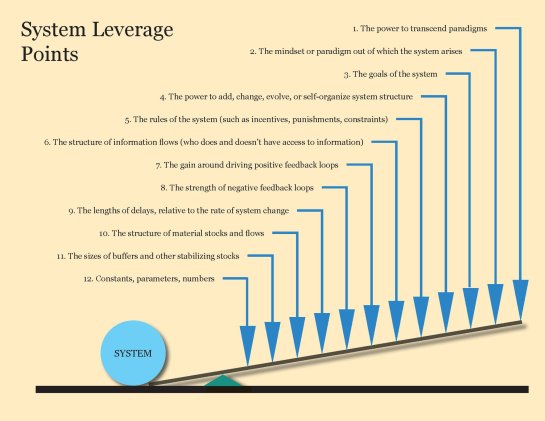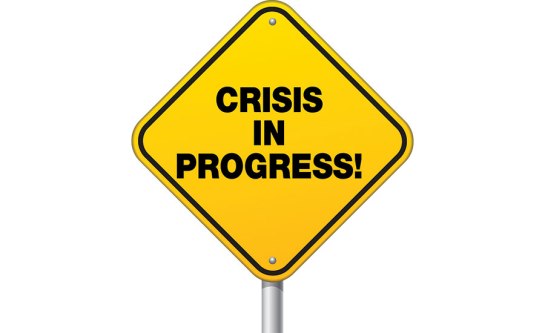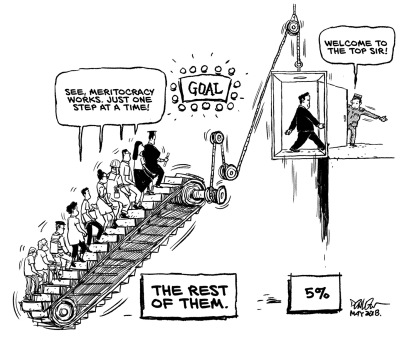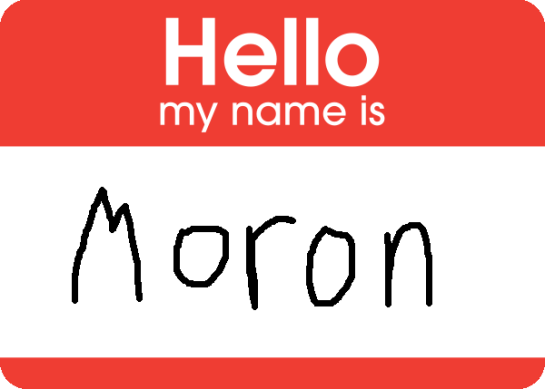Making Tomorrow’s Big Balls of Mud Today
What is a Big Ball of Mud?
In software development, the term “Big Ball of Mud” refers to a system or codebase that has become so tangled, convoluted, and disorganised over time that it becomes increasingly difficult to maintain, modify, or understand. It’s a metaphor for a software product development that started with good intentions but gradually deteriorated into an unstructured mess due to a lack of proper planning, design, and adherence to best practices.
Consequences
The consequences of a Big Ball of Mud can be severe. It hinders productivity, increases technical debt, screws with predictability and schedules, and makes it challenging to introduce new features or fix bugs. Developers often find themselves spending more time trying to understand the existing code than actually writing new code. This can lead to frustration, decreased morale, and a higher risk of introducing further issues.
The Rise of AI-Centric Coding
And a paradigm shift is looming on the horizon – a transition towards AI writing code – and primarily for artificial intelligence (AI) readability and maintainability. While human-readable code has long been the desirable approach, the remarkable advancements in AI technology necessitate a reevaluation of our coding practices and the use of Ai to write code to harness the full potential of these sophisticated tools.
As AI systems become increasingly integrated into software development workflows, the need for code that caters to AIs’ unique strengths becomes paramount. This shift will give rise to coding styles specifically tailored for AI readability and maintainability, encompassing the following characteristics:
Abstraction and Modularisation Paramount
AI systems thrive on highly modularised and abstracted code, where individual components are clearly separated and encapsulated. This coding style will emphasise smaller, self-contained units of code with well-defined interfaces, promoting better organisation and encapsulation, aligning with the strengths of AI systems.
Formalised and Explicit Syntax
In contrast to the conventions and implicit understandings often relied upon by human programmers, AI systems will benefit from a more formalised and explicit syntax. This could involve additional annotations or metadata that make the semantics of the code unambiguous and readily interpretable by AI systems.
Pattern Recognition Optimisation
AI systems excel at recognising patterns, and the coding style will be optimised for this strength. Consistent naming conventions, structural similarities, and other patterns that can be easily recognised by AI systems will become more prevalent, enabling efficient pattern recognition and analysis.
Reduced Redundancy (DRY)
AI systems are better equipped to handle and maintain code with minimal redundancy, leading to a coding style that emphasises code reuse, shared libraries, and other techniques to reduce duplication. This approach will not only cater to AI systems’ strengths but also promote code maintainability and efficiency.
AI-Tailored Documentation
Traditional human-readable documentation and comments may become obsolete in an AI-centric coding paradigm. Instead, the emphasis will shift towards creating self-documenting code that can be seamlessly interpreted and maintained by AI systems. This could involve incorporating structured annotations, metadata, and other machine-readable elements directly into the codebase.
The documentation process itself could be automated, with AI algorithms capable of parsing the code structure, analysing the annotations, and generating comprehensive documentation tailored specifically for AI comprehension. This documentation would be optimised for pattern recognition, logical inference, and other capabilities that AI systems excel at, ensuring that it remains up-to-date and consistent with the evolving codebase.
AI-Generated Code for Machine Consumption
Furthermore, the advancement of AI technology raises the intriguing possibility of AI systems themselves generating code in a style optimised for machine consumption, rather than human readability. This AI-generated code could forgo traditional conventions and practices aimed at enhancing readability for human developers, instead favouring structures and patterns that are more readily interpretable and maintainable by AI systems themselves.
Such AI-generated code might be highly compact, with minimal redundancy and a heavy reliance on abstraction and modularisation. It could incorporate complex mathematical models, advanced algorithms, and unconventional coding techniques that leverage the strengths of AI systems while potentially sacrificing human comprehensibility.
As AI systems become increasingly integrated into the software development lifecycle, they could potentially maintain and evolve this AI-generated code autonomously, with minimal human intervention. This paradigm shift could lead to a scenario where the primary consumers and maintainers of code are AI systems themselves, rather than human developers.
Factors Contributing to Big Balls of Mud
While embracing AI-centric coding practices offers numerous advantages, we might choose to be mindful of the potential pitfalls that could lead to the creation of ‘big balls of mud’ – tangled, convoluted, and disorganised AI-generated codebases that become increasingly difficult to maintain and modify.
Today’s Factors
In the current software development landscape, where human readability and maintainability are still the primary focus, several factors contribute to the formation of big balls of mud:
- Lack of Architectural Foresight: The absence of a well-defined software architecture from the outset can quickly lead to a patchwork of disparate components, hindering maintainability and coherence.
- Prioritising Speed over Quality: The pursuit of rapid development and tight deadlines may result in sacrificing code quality, maintainability, and adherence to best practices, accumulating technical debt over time.
- Siloed Development Teams: Lack of coordination and communication between teams working on the same codebase can lead to inconsistencies, duplicated efforts, and a lack of cohesion.
- Lack of Documentation and Knowledge Sharing: Inadequate documentation and poor knowledge-sharing practices can make it challenging for new team members to understand and maintain the codebase, exacerbating the tangled nature over time.
Future Factors with AI-Driven Development
As we transition towards AI-driven software development, new factors may contribute to the metastasizing of big balls of mud, if not appropriately addressed:
- Not instructing AI to include AI-friendly code generation and the needs of AI vis codebase readability and maintainability. Prompt engineeres in the code generation space take note!
- Lack of AI Training and Optimisation: Without proper training and optimisation of AI models for code generation and maintenance, the resulting codebase may lack coherence, structure, and adherence to best practices.
- Inadequate Human Oversight and Understanding: An over-reliance on AI without sufficient human oversight and understanding can lead to opaque, difficult-to-maintain code that deviates from architectural principles and design patterns.
- Inconsistent AI Models and Tooling: Using multiple AI models and tools for code generation and maintenance without proper integration and consistency can lead to fragmented and incompatible code snippets, exacerbating the tangled nature of the codebase.
- Prioritising Speed over Quality and Maintainability: Even with AI-assisted development, the pursuit of rapid development and meeting tight deadlines at the expense of code quality, maintainability, and adherence to best practices can lead to long-term technical debt.
- Lack of Documentation and Knowledge Sharing: Inadequate documentation and poor knowledge-sharing practices can hinder the effective use and maintenance of AI-generated code, making it challenging to understand the context, design decisions, and rationale behind the code.
By addressing these factors proactively, software development teams and organisations can harness the power of AI while mitigating the risk of creating tomorrow’s big balls of mud, ensuring that codebases remain maintainable, scalable, and aligned with inhouse best practices.
Conclusion
The future of coding lies in embracing the capabilities of AI systems and adapting our practices to harness their full potential. By prioritising AI readability and maintainability, we can unlock new avenues for efficient and optimised code generation, enhanced collaboration between human developers and AI systems, and ultimately, more robust and scalable software solutions.
While this transition challenges traditional assumptions and beliefs and invites a major paradigm shift, it is an exciting prospect that will revolutionise the software development industry. As we navigate this paradigm shift, it is essential to strike a balance between leveraging the strengths of AI systems and maintaining a level of human oversight and understanding, ensuring that our code remains accessible, maintainable, and aligned with the evolving needs of the host business.







